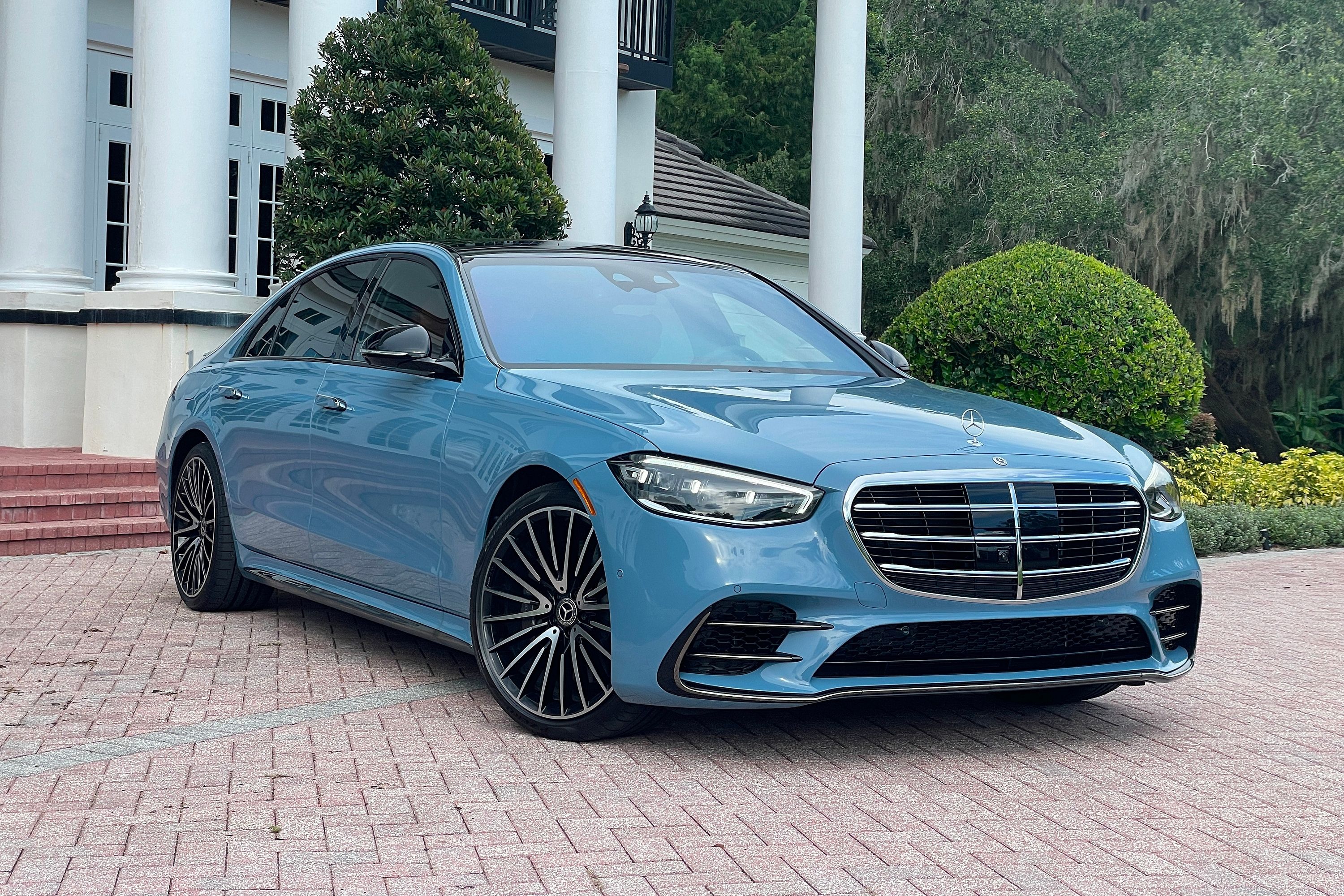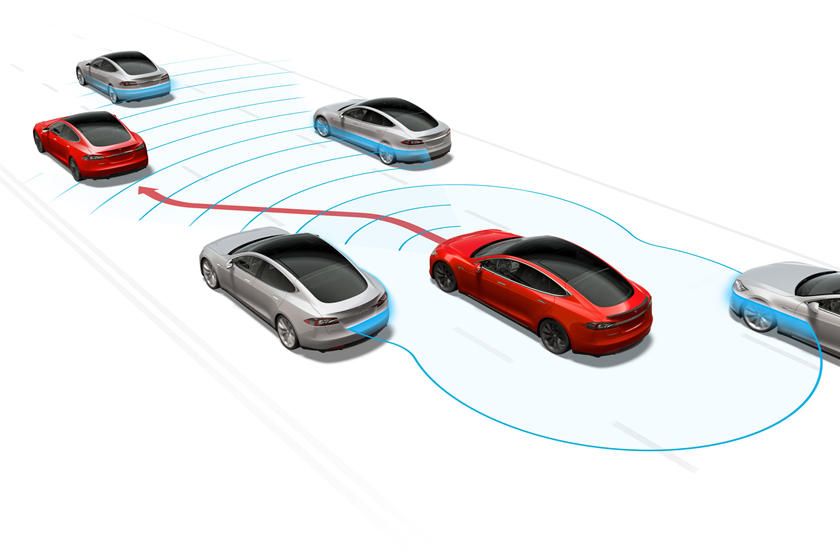
Although advanced crash-avoidance and driver-assistance technologies have proven to make cars safer, these features are also causing headaches for many owners if they need to be repaired for any reason. According to research conducted by the Insurance Institute for Highway Safety (IIHS), about half of respondents experienced problems with the technologies following a repair, be it as a result of a recall, a crash, or a vehicle error message.
"Most of the 3,000 owners we contacted said they had never needed to have their crash avoidance features repaired, but for the minority of owners who did, the problems weren't always resolved easily," said IIHS senior research scientist Alexandra Mueller.
The IIHS spoke to owners of cars with features like front crash prevention, visibility-enhancing cameras, and blind-spot detection for the purposes of its study.
Almost 500 drivers who had repairs to crash-avoidance systems were spoken to, with about 40% of these vehicles being from the 2019 model year or newer. The findings clearly indicate an issue with repairs to these features, with two-thirds of owners experiencing problems with safety technology after a repair that involved a windshield replacement and close to three-quarters having a malfunction with repairs following crash damage. If unrelated to crash damage or a windshield replacement, less than half of owners experienced issues with the tech following a repair.
"Many had issues with the technology [after a repair], and some said they had to have the same feature repaired more than once," said Mueller.
Regarding windshield repairs, this can often mess with the calibration of various crash avoidance sensors and cameras. Two-thirds of surveyed owners said calibration was included, but these respondents also reported a higher rate of post-repair maladies.
The cost of repairs for newer, high-tech models is another factor. Whereas a simple windshield replacement could go for as little as $250, the Highway Loss Data Institute found that this number could rise to over $1,000 for a glass claim due to the fitment of front crash prevention technologies. Effectively, what was once a straightforward repair has become much more complex.
On that note, other studies have found that repairs and maintenance costs for EVs - vehicles that are generally at the forefront of crash prevention tech - are substantially higher than for more conventional vehicles.
Because calibration software requires regular updates, as well as expensive equipment and specialized training of technicians, these repairs are quite complex. Further compounding the issue for workshops is the lack of standardization for calibration processes.
Furthermore, with even more advanced vehicles like the LiDAR-equipped Volvo EX90 and Mercedes-Benz S-Class on the roads, another new set of advanced technologies will be introduced, and these will also require unique repair processes in case of damage.
On a positive note, the IIHS found that of those surveyed, only a small number - just over 5% - said that they wouldn't buy another car with the feature that they had repaired. Still, the worst-case scenario would be for a driver to rely on a piece of technology that is supposed to help them avoid a crash, only for that tech to falter and lead to an accident.
"These technologies have been proven to reduce crashes and related injuries," added Mueller. "Our goal is that they continue to deliver those benefits after repairs and for owners to be confident that they're working properly."

